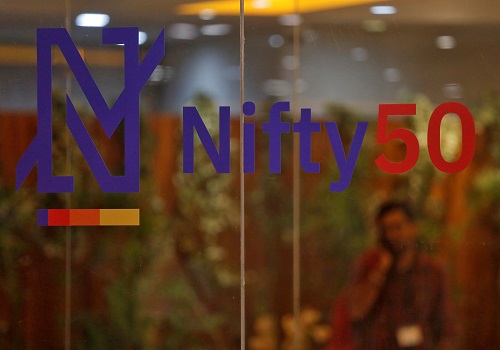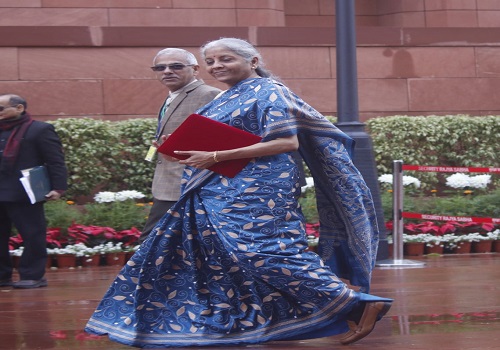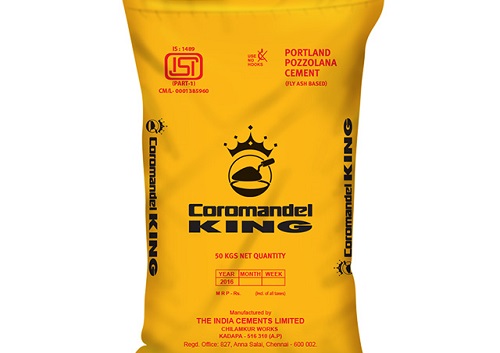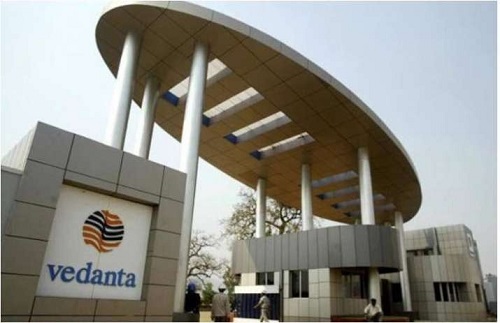Hyperscaling in turbulent times: A BCG Times Bridge TiE Delhi NCR

Follow us Now on Telegram ! Get daily 10 - 12 important updates on Business, Finance and Investment. Join our Telegram Channel
New Delhi Boston Consulting Group (BCG in association with Times Bridge and the Delhi Chapter of The Indus Entrepreneurs (TiE Delhi-NCR) today, unveiled a report titled, ‘Road to Hyperscaling in India’.
The entrepreneurship and startup landscape in India has witnessed breakout growth over the last few years, transforming India into the third largest startup ecosystem in the world, just behind USA and China. Last few years witnessed the rise of 100+ unicorns – a valuation milestone, which has often been celebrated by founders, investors, and media. The impact, however, has been much deeper and broader, with 40K+ active start-ups till FY22.
In the last decade several late-stage companies managed to ride the coveted ‘hockey stick curve’, while many more failed, while trying to grow too fast too soon. The report shares learnings from hyperscaling journeys of successful late-stage startups in India. In the context of the evolving macroeconomic environment and the resulting funding winter, the report also provides a framework for emerging startups to align their priorities and hyperscaling aspirations to the new realities.
Key highlights from the successful late-stage start-up journeys:
Leveraging conversations with leading startup founders and investors, the report shares stories of successful Indian and global late-stage startups along eight key themes, that helped them hyperscale in India. While there is no one-size-fits-all pathway, the leading founders and investors have uncovered strategies and tactics from setting up the right business model to expanding the target customer groups and harmonizing the unit economics objectives with hypergrowth. For instance, some stories and examples covered in the report include:
* How Meesho deployed a creative customer acquisition strategy via their reseller business model to target the less trusting and less tech-savvy tier 2/3 city consumers. While many Indian startups struggled to replicate big city success in small towns and had to scale back, Meesho successfully rose with 70% share from Tier 2/3 towns.
* For Policy Bazaar, finding and nurturing mini-founders within organization was key to unlocking scale and creating leverage for the founders. This allowed them to not just setup and grow new businesses (e.g. Paisa Bazaar), but also build a culture of entrepreneurship, with different business unit owners driving growth and constructive experimentation within their own business scope.
* For the SaaS startup - Icertis, strategic partnerships with top-tier software and professional services players unlock a rapid pace of growth, which they would have never been able to drive alone. Those relationships enabled the start-up to leverage well-established B2B sales ecosystems quickly and, at the same time, add immense value to their partners’ portfolios of offerings.
* Many Indian start-ups have attempted but struggled to scale up businesses successfully in other major international markets. Report also shares inspirations from global leading startups – such as Uber and Airbnb, who managed to successfully adapt their business models to suit the specific local needs of Indian customers. While driving localization, they focused on not just leveraging existing strong global tech platform, but also exported successful local innovations for India back into the global platforms and playbooks.
* …and many more similar stories that emerging startup founders could learn from!
The report not only highlights the success stories of these start-ups but also cautions against the potential pitfalls at the time of hyperscaling. In euphoria of scaling up, one may attempt to grow too fast too soon, loosen governance and controls, and miss scaling critical tenets that helped them succeed in the first place.
The path forward:
Overall, while picking up learnings from the good-to-great journey of startups in the last decade, one must adapt them to the new market realities and own context as well. Venture funding for startups suffered a 40% drop in 2022. To add to that, only 18 out of 100 start-ups are profitable in India, as per 2021-22 estimates. Silicon Valley Bank failure and associated events have further added to the volatility and uncertainty in the near term. The tendency to ‘scale fast’ by burning cash always backfires, if done without clear sight of long-term customer value and unit economics. Survival and extension of financial runway must the top priority for startups in these times.
There is however a silver lining. Many India focused funds are sitting on large amount of unallocated dry powder to be deployed at an opportune moment. The younger promising start-ups will continue to attract capital, and so would the well-run late-stage start-ups. Founder may have to be more flexible on valuation in the near term though, as well as be open to alternative sources of funds, such as venture debt. As a leading venture capitalist expressed “This is the best time to build your business if you have sorted out your basics. The worst thing you can do is to want to keep to your old valuation because of ego and lose your market share.”
Sidharth Madaan, a Partner at BCG, opined, “Time and again, we have seen the well-run start-ups emerge significantly stronger with reduced competition out of a crisis. In the current volatile environment as well, start-ups with stronger business models, unit economics, customer retention, and sharper growth focus will be not just be able to stay afloat, but also consolidate their lead and emerge as leaders on the other side of the crisis.”
“How ephemeral can time be. When we started our interviews and research for this report late last year, funds were aplenty, valuations were skyrocketing, and growth was the only objective in one’s mind. And within a few months, while growth is still the holy grail, other parameters like strong business models, customer retention and above all, unit economics, have assumed centre stage. Those start-ups that will be able to juggle all of these without dropping any balls through this period of crisis are the ones that will come out stronger and as leaders from the current volatile environment,” says Rajiv Gupta, MD, Senior Partner and Leads Technology, Media and Telecom for BCG India.
Rohan Joseph, VP, Head of Global Investments and Corporate at Times Bridge, said, "India’s entrepreneurship and technology landscape has seen enormous growth in recent years, making it the world’s third-largest startup ecosystem. This report showcases the innovative strategies deployed by leading startups and global companies as they scale up in India’s dynamic business climate. At Times Bridge, we enable purpose-driven companies to enter India, and this report reaffirms our conviction in the market’s potential for entrepreneurs across all sectors."
“The Indian Startups story has entered a new era with a focus on creating scalable yet sustainable startups with the clear path on profitability. Hyperscaling is integral to this journey. For over 2 decades at TiE Delhi-NCR we have witnessed the rise and rise of the startup ecosystem in India and have played a key role in its development. The report shows our commitment to fostering the spirit of entrepreneurship for the new economy," said Alok Mittal, Co-Founder & CEO, Indifi Tech and Board Member TiE Delhi – NCR.
The founders and leaders need to ensure survival as well as keep one eye on the future. While managing burn will be critical on one end, one must capture opportunities smartly to invest and grow in the long term.
Above views are of the author and not of the website kindly read disclaimer












 320-x-100_uti_gold.jpg" alt="Advertisement">
320-x-100_uti_gold.jpg" alt="Advertisement">












